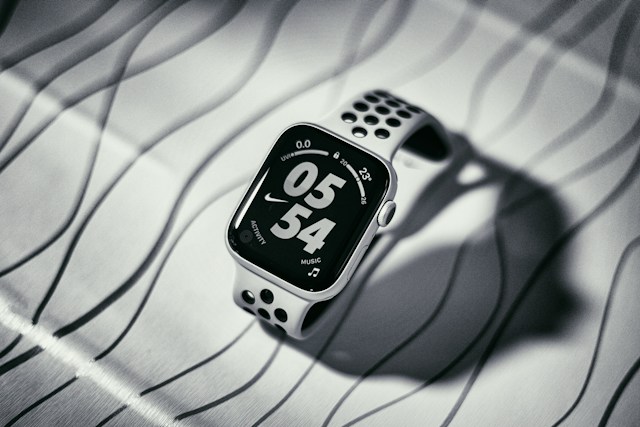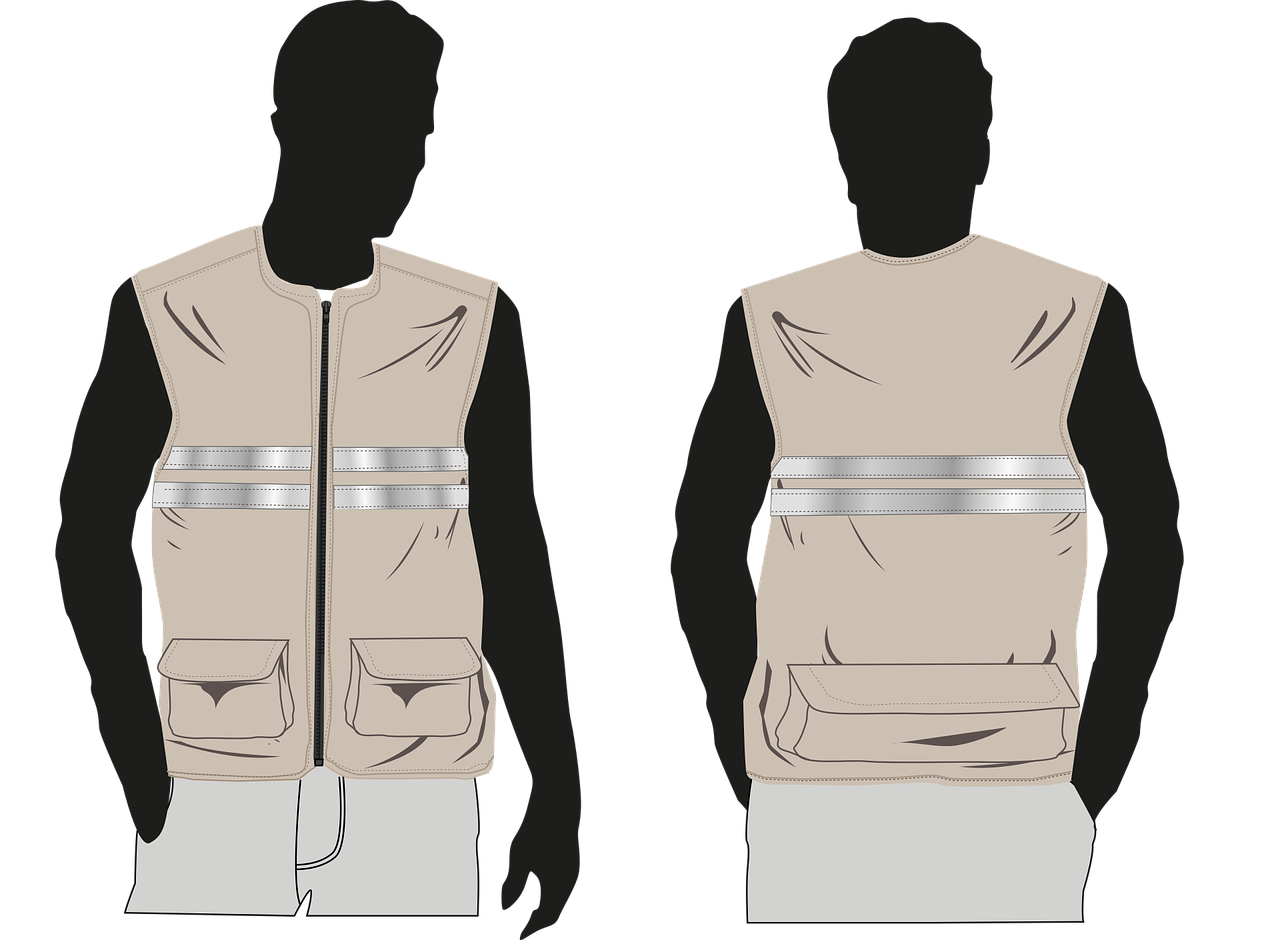Although there have been advances in genetic testing achieved in recent decades, more than half of people with suspected Mendelian genetic disorders still don’t have access to accurate molecular diagnosis. On the other hand, others have to go through more than six years of tests before a diagnosis is given.
Mendelian disorders, involving the nervous system and intellectual development conditions, are caused by an alteration in one particular gene or an abnormal rearrangement in one segment of the genome. Each disease has a breakpoint, which is the genomic location of a structural variant where DNA is deleted, rearranged, or inverted.
Mendelian diseases are hereditary, so it often happens to someone who has two parents carrying the same faulty segment. Such diseases are often found in regions where it is common for marriage between relatives.
Although these variants may be identified by conventional screening methods, the complexity of the rearrangements causes them to be missed.
Researchers in Saudi Arabia developed a method, called NanoRanger, for help to diagnose these diseases in record time. The new technology works in just a few hours.
NanoRanger is not only a low-cost technique but also requires a tiny amount of DNA from a patient or suspected carrier. NanoRanger uses simple molecular biology strategies to accurately map breakpoints at single base-pair resolution, providing a detailed picture to help diagnose the genetic disorder.
According to the team, diagnosis can be as fast as 12 minutes after initial sequencing.
A sample of DNA is fragmented into pieces with the same end sequences by molecular scissors, called restriction enzymes. These pieces were then self-joined into circles and amplified, making it easier to identify and sequence the genomic regions of interest.
In experiments, NanoRanger successfully identified breakpoints in 13 familial cases of genomic disorders that were missed by traditional genetic tests. The found breakpoints also allow the researchers to determine the carrier status of related family members and 1,000 healthy individuals in Saudi Arabia.
A patent has been filed for the process and is planned to be integrated into standard diagnostic routines to provide a comprehensive toolkit for clinical settings in the future.







